WETLAND
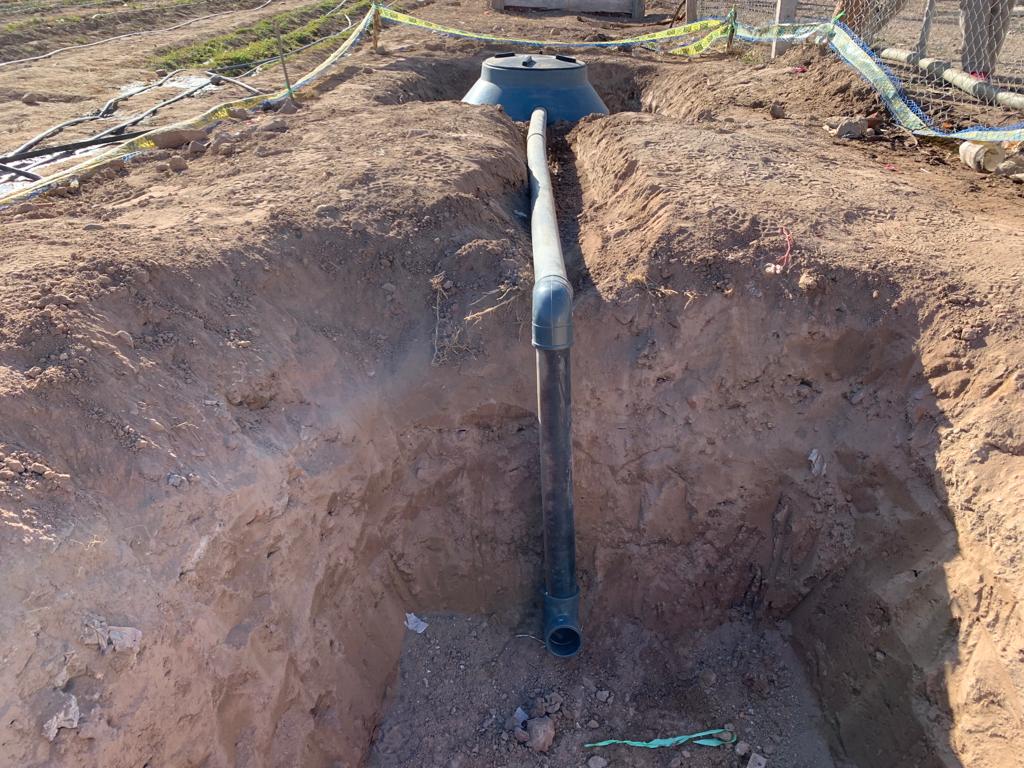
The wetland consists of a basin that must have a depth of 80 cm 1m by 2m wide and covered length, i.e. a coated bottom to prevent the incoming water from being susceptible to contamination of the water table, in our case we use a black nylon of 200 Microns, ideally 400 microns.
The water leaving the wetland, which will act as a biological biofilter, will enter by concentration gradient to a 200-liter bilayer tank that will act as a settling filter for the organic matter that may pass from one system to another, then it will pass to another tank that will also act by settling. Then, using a pump, it is taken to the reservoir which is another tank of more liters and the water is stored to be used for irrigation.
| Project Title | WETLAND |
|---|---|
| Year | |
| Lead Name(s) |
Background
These wetlands containing gravel or coarse sand, receive intermittent loads from the surface. The intermittent application of wastewater and vertical drainage in the bed allow aerobic reactions to occur rapidly.
Solid wastes, if not removed, can accumulate and release toxic gases and decompose the water by anaerobic bacteria, and these can reach the plant roots, preventing the absorption of nutrients, thus allowing recirculation to accumulate and remove them.
Mission Statement
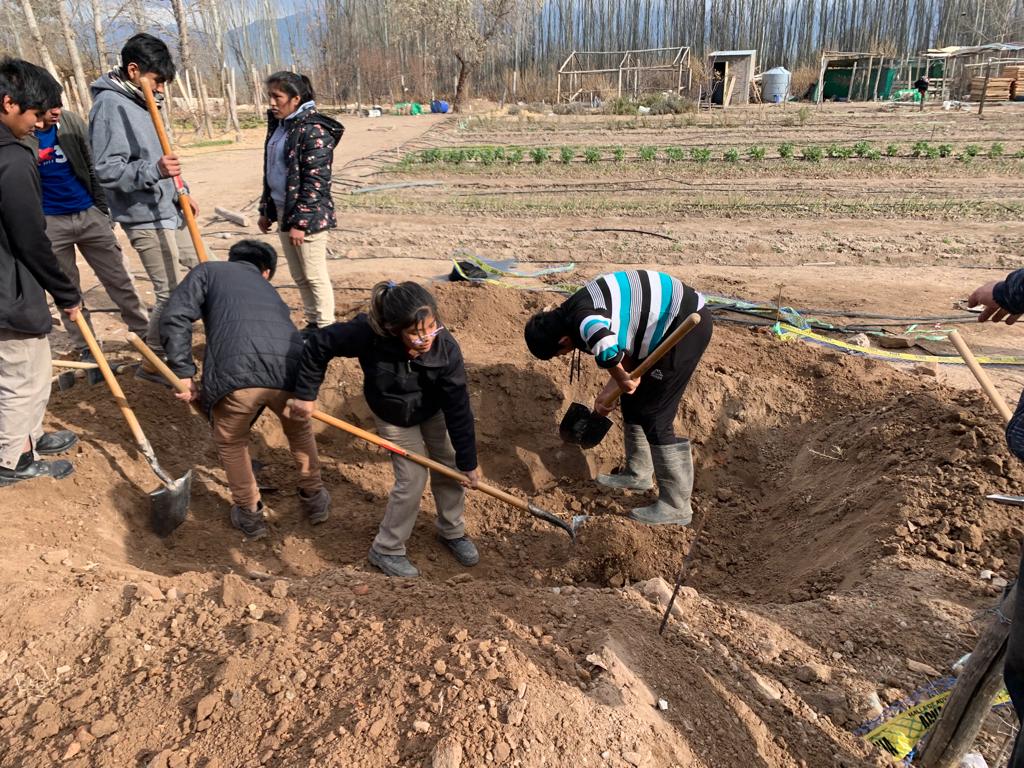
- Savings in water costs, achieving the reuse of gray water from the industry room, the kitchen and the chemistry laboratory for use in the vegetable garden;
- Raise awareness in the community about the importance of good water consumption and the value of this resource;
- Help a school that lacks financial resources;
- Reusing and saving between 16,000 (sixteen thousand) and 20,000 (twenty thousand) liters of water per month. (between 192,000 and 240,000 per year).
How the Funding Was Used
The purchase of materials was carried out in SMEs (small and medium-sized enterprises) in the area, so they also benefited from the project. All materials used.
How They Made A Difference
- Ensure that the school, which is located in a desert area, which shares a building and spaces with the primary school and which does not have the amount of water necessary for the garden, can continue with it, by reusing gray water.
- Through this project, students can carry out their professional internships at the institution, obtaining experience for future professional and home internships.
- The implementation of the project with good quality materials, which can be supported by the school through the curricular spaces of the technical area.
- The direct observation of the process for the investigation, throwing statistical data for the continuity or revision and/or reorganization of the wetland.
- Raise awareness in the community about the importance of conscious consumption of water and the value of this resource.
- Economic savings for the school of expenses in water and use of septic tank.
How The Project Made A Difference for the Volunteers
Consultation of other communities for the implementation of the project. Acquisition of experience to be able to generate more positive changes.
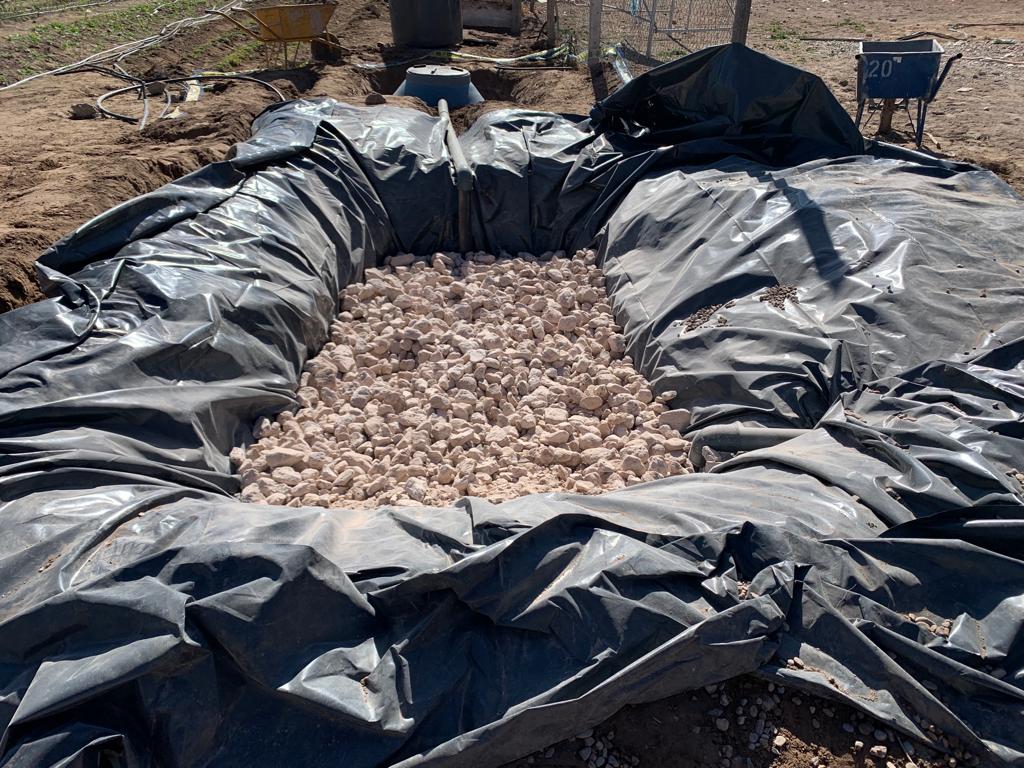
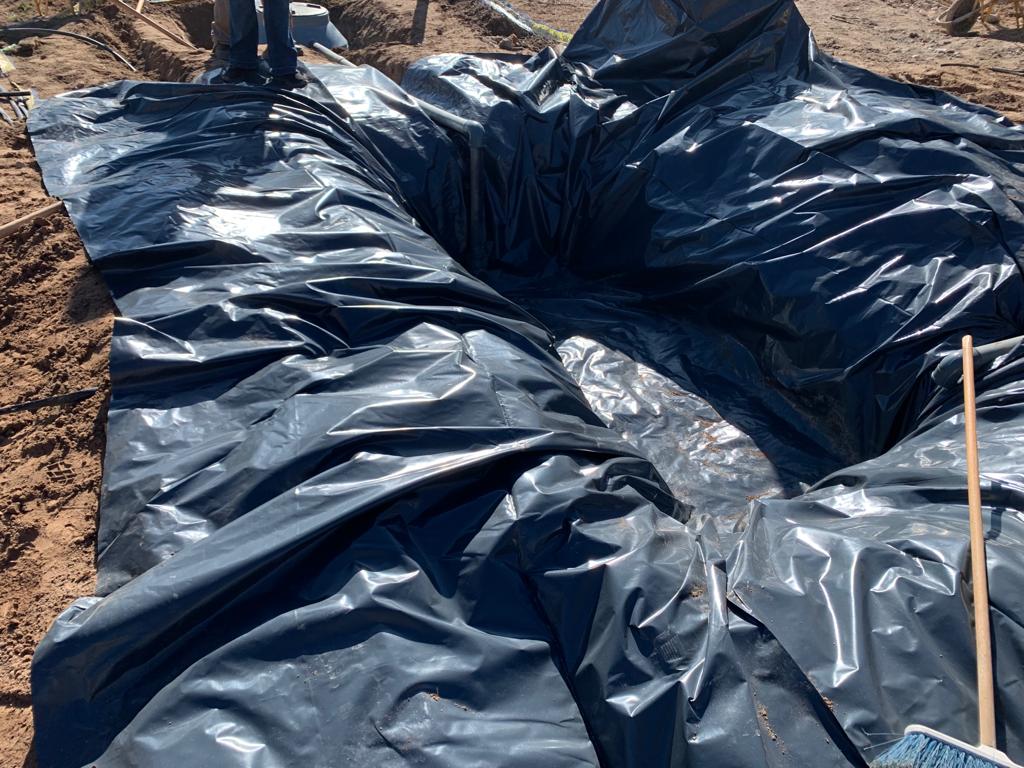
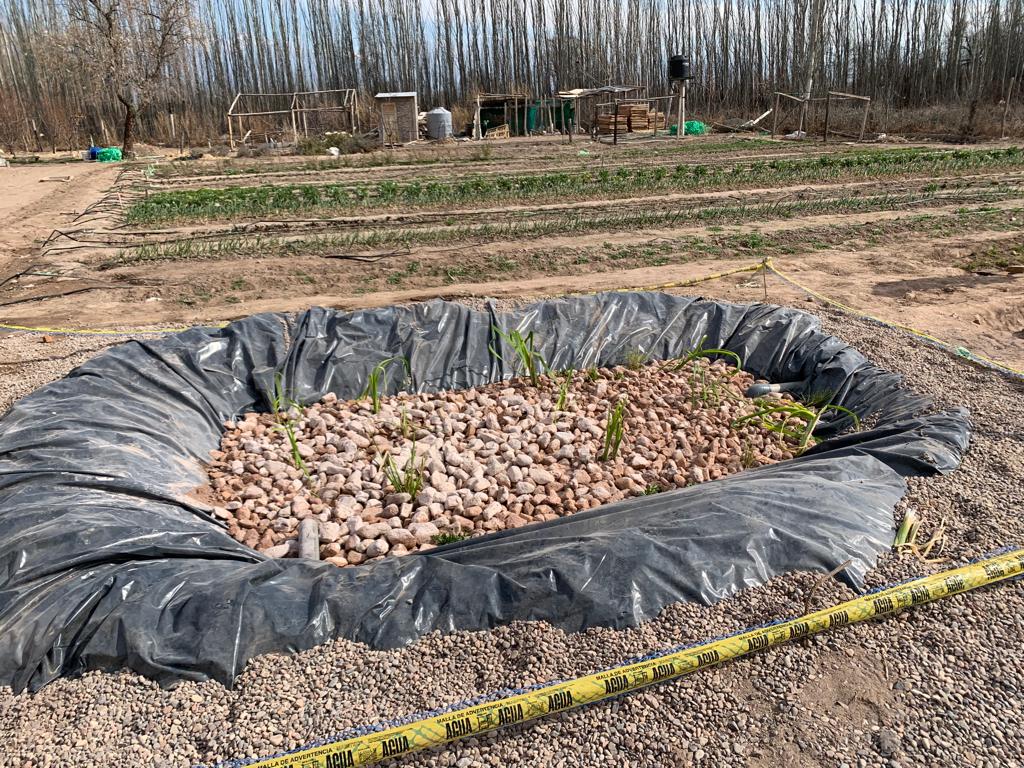
Quote
"The project made a difference for the students, families and the entire educational community, since seeing the process of reusing water, awareness was raised and it was possible to observe that it is a viable project to be carried out at home and also professionally."
